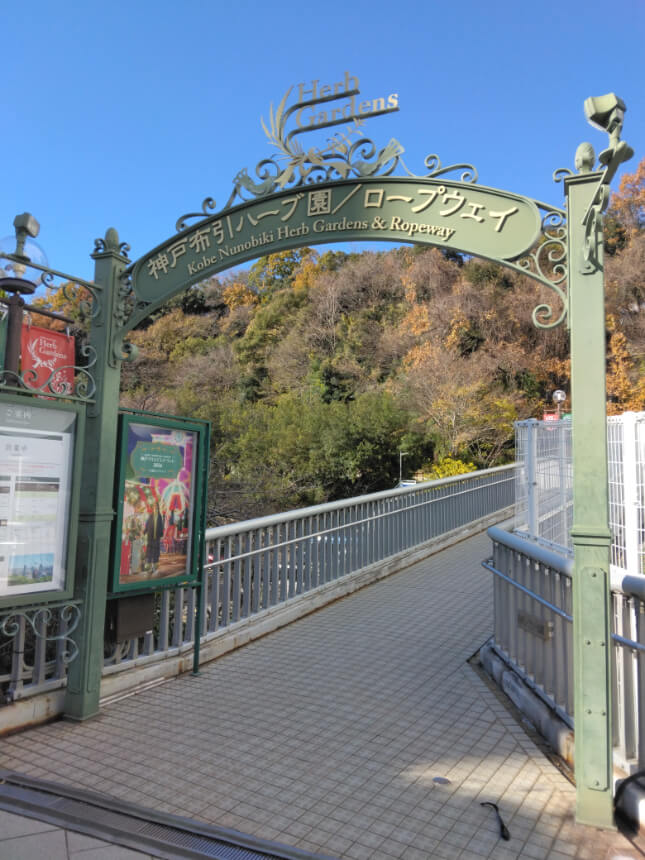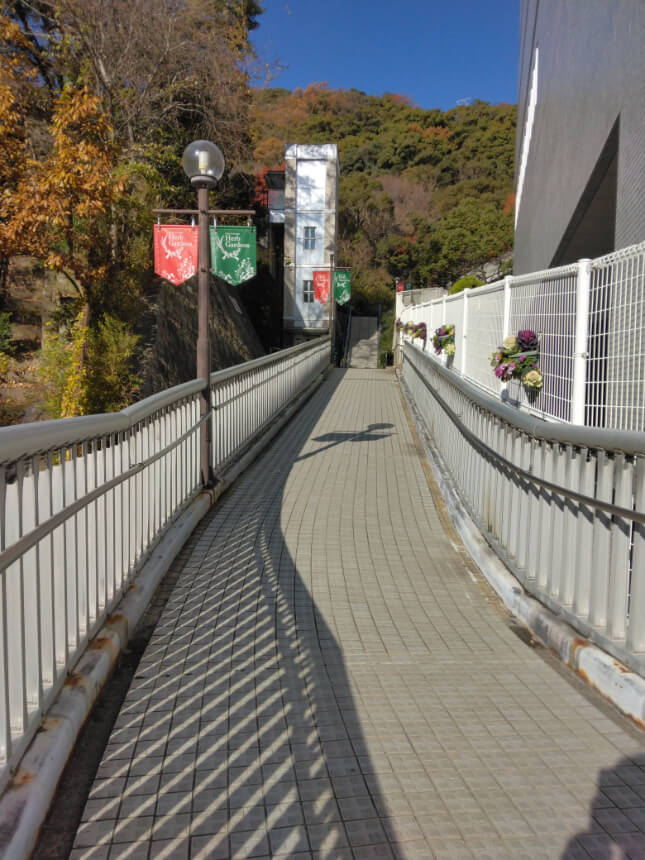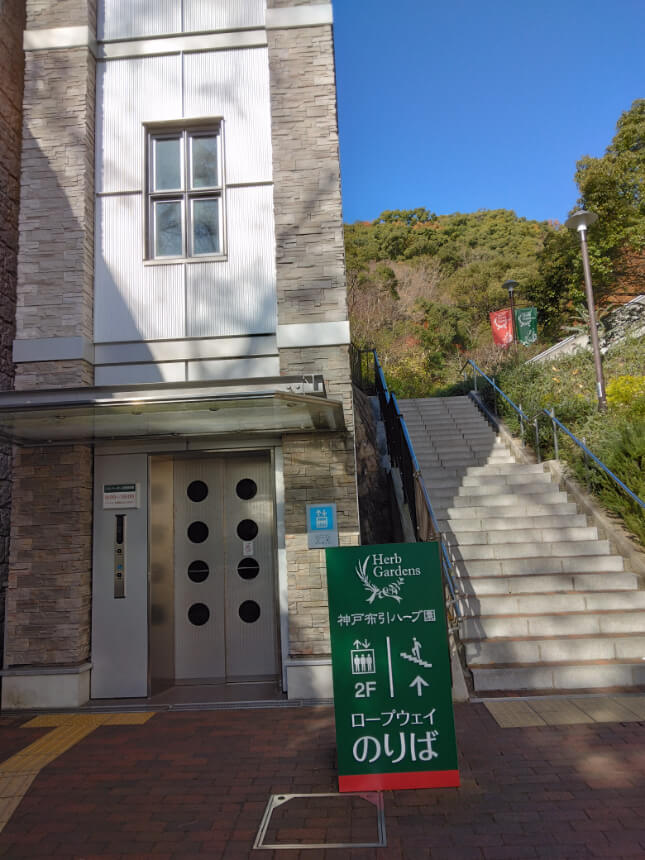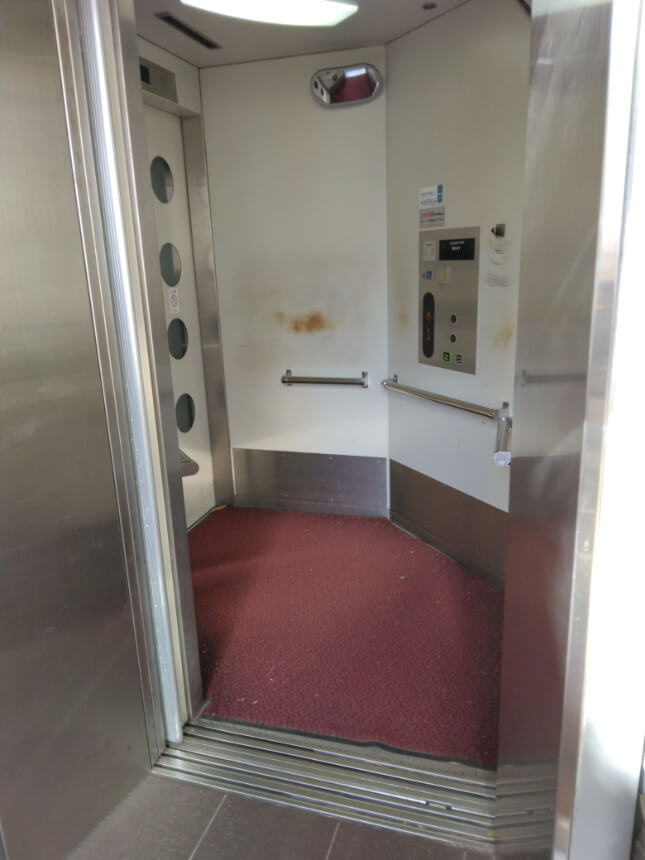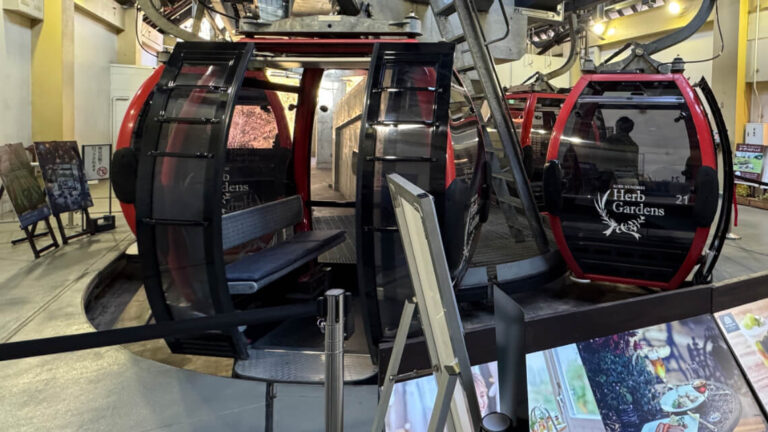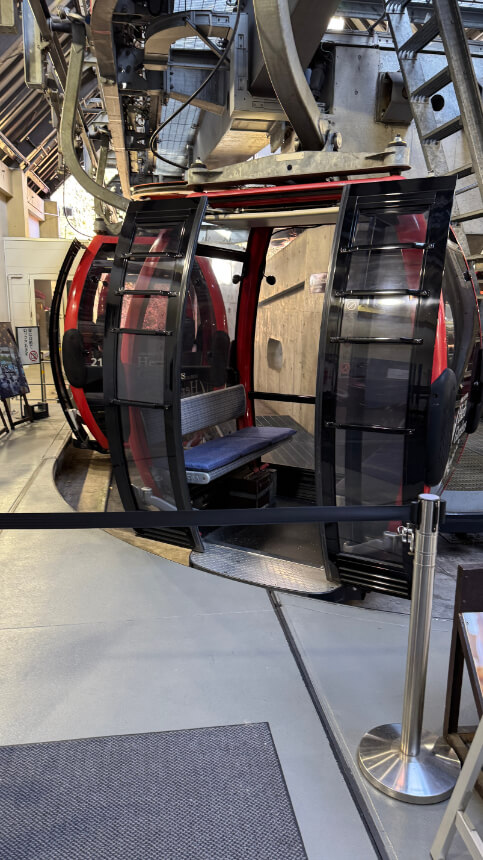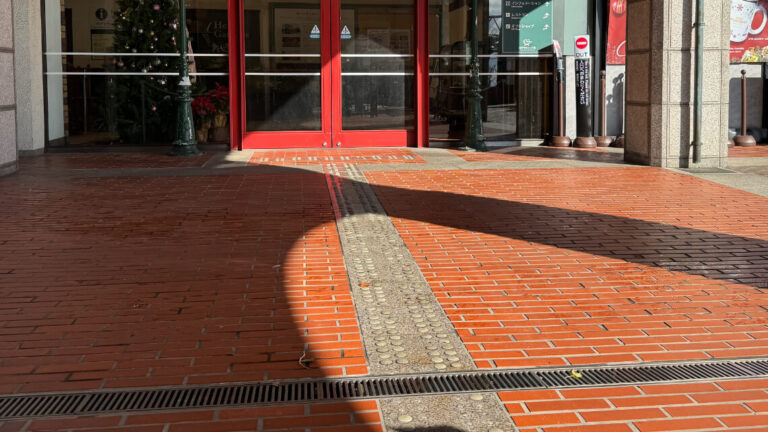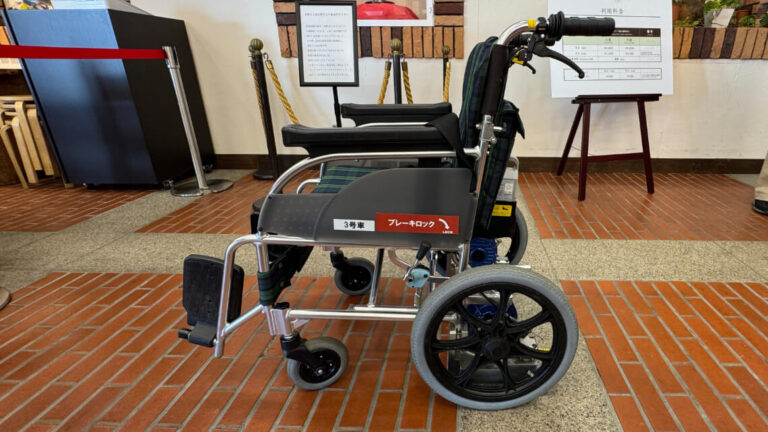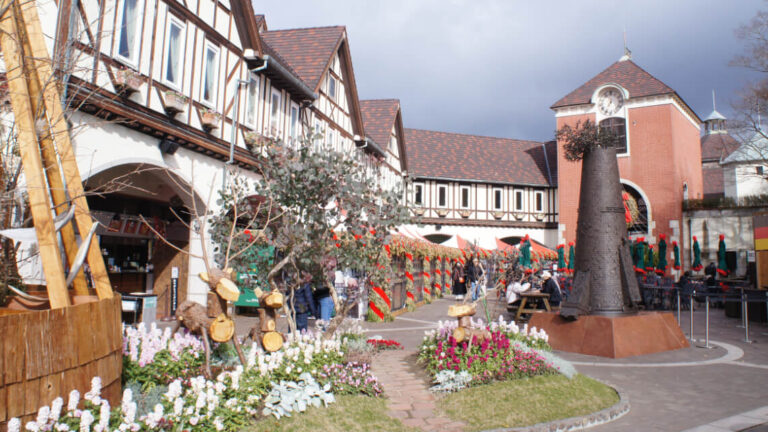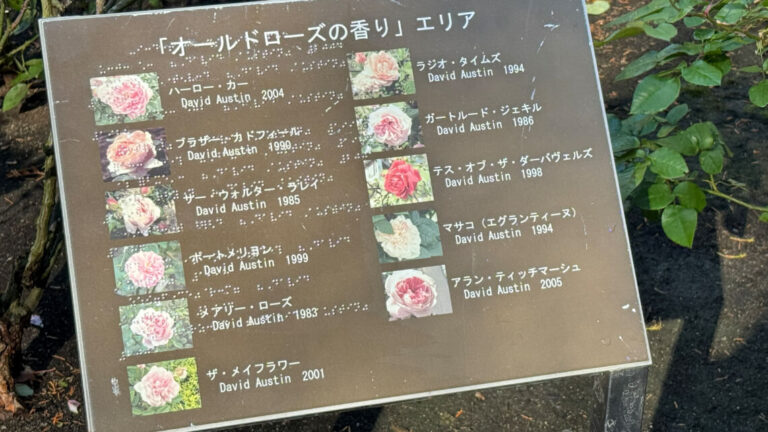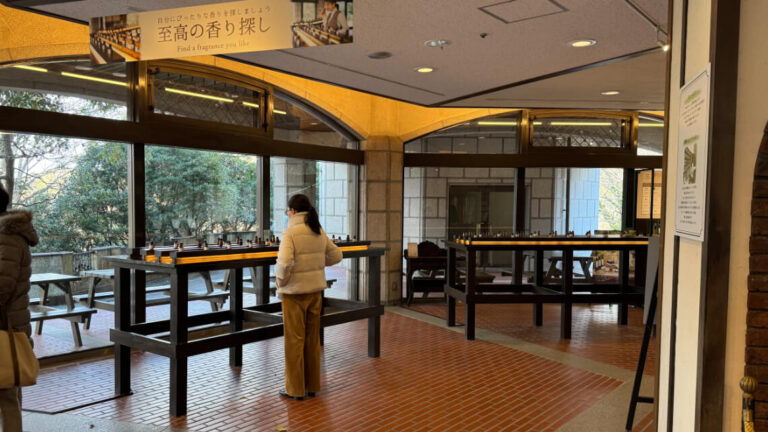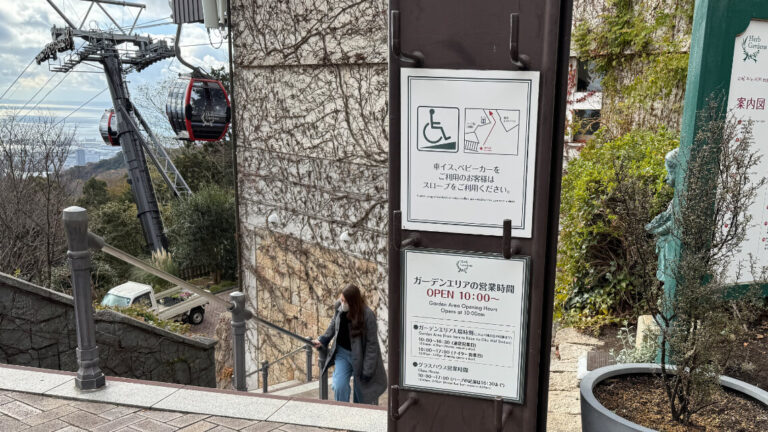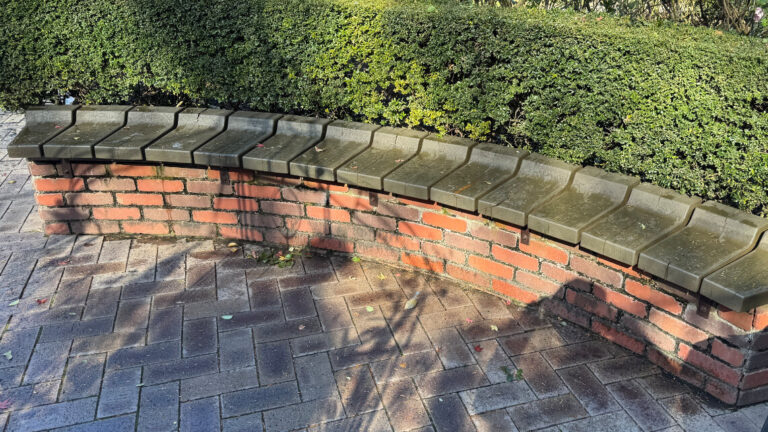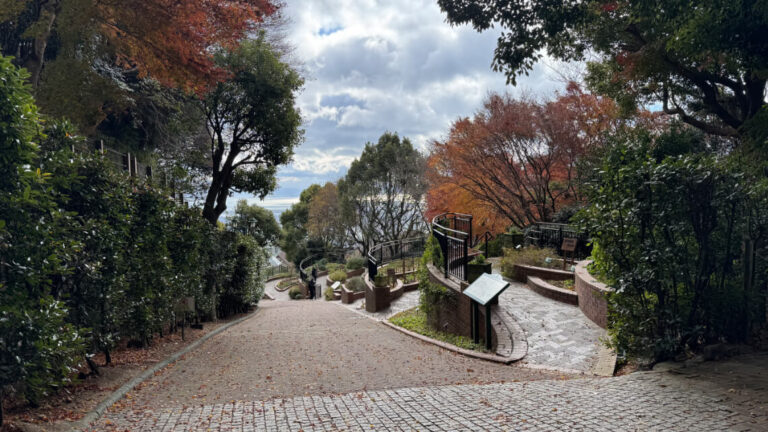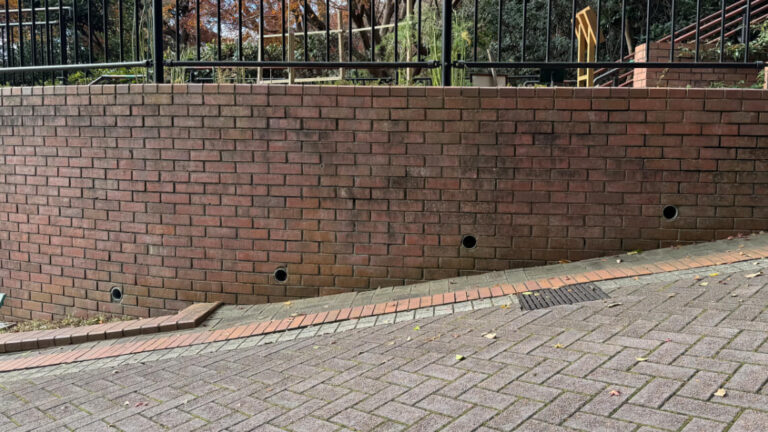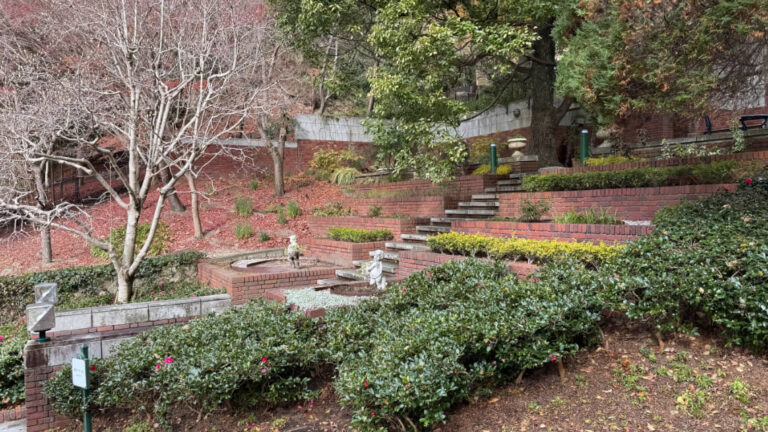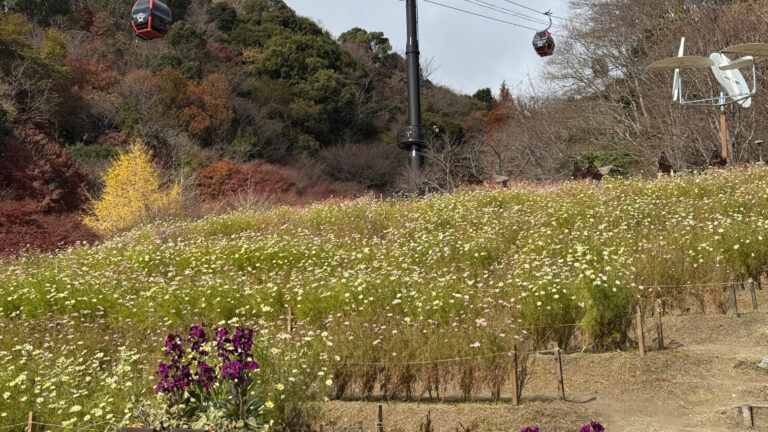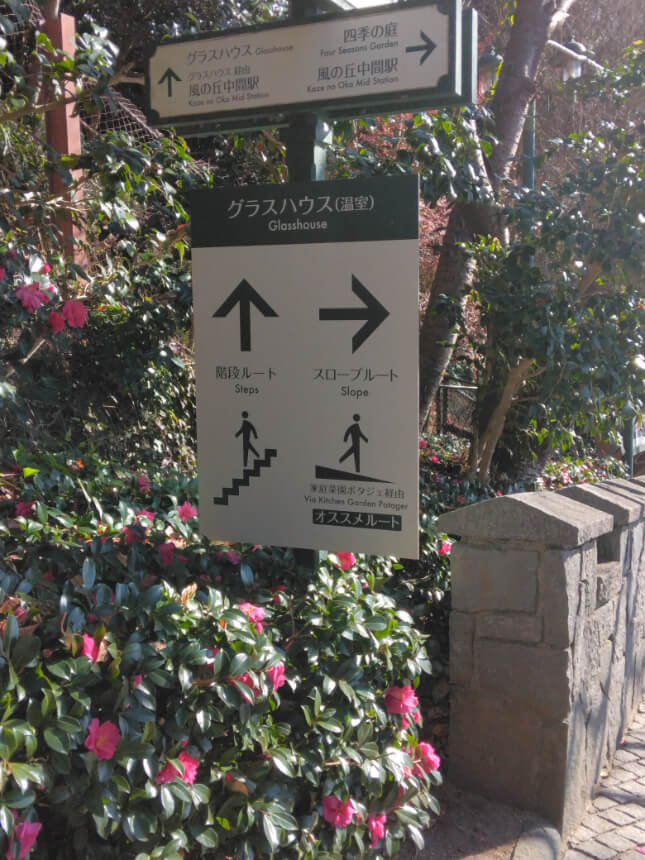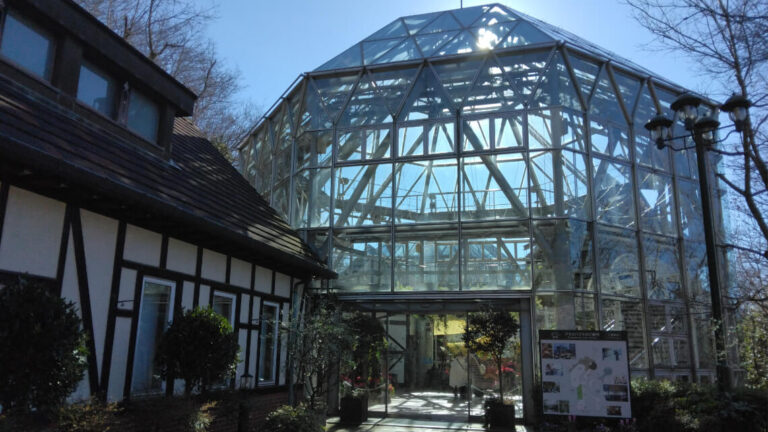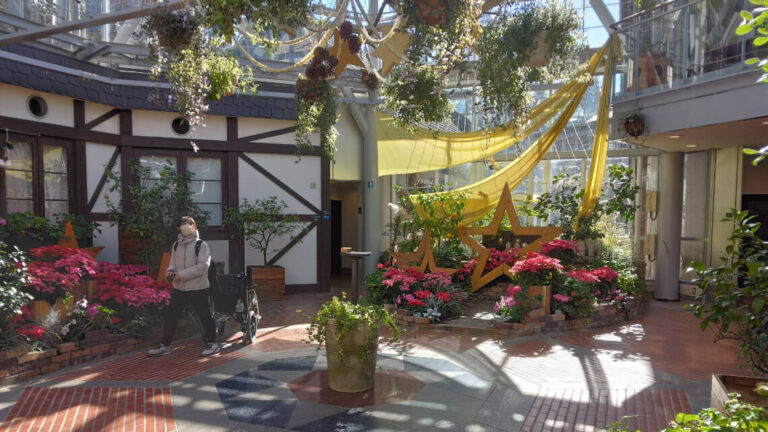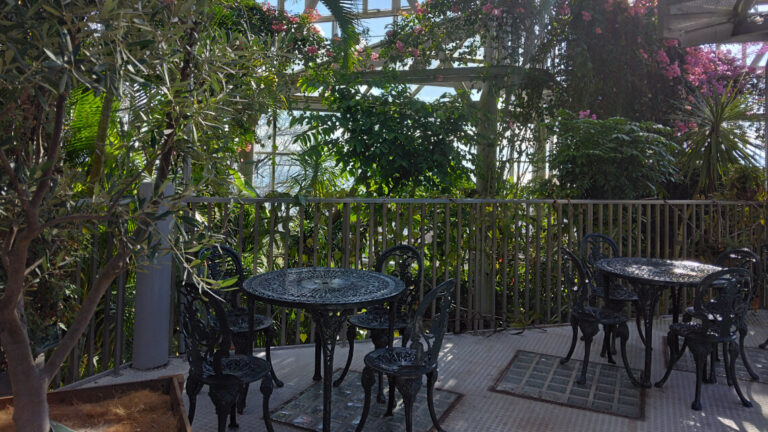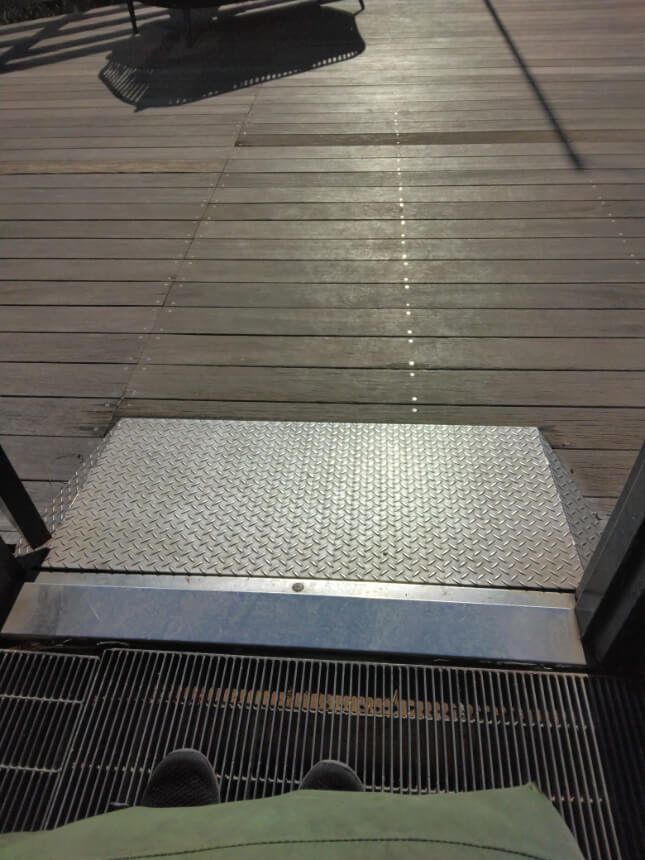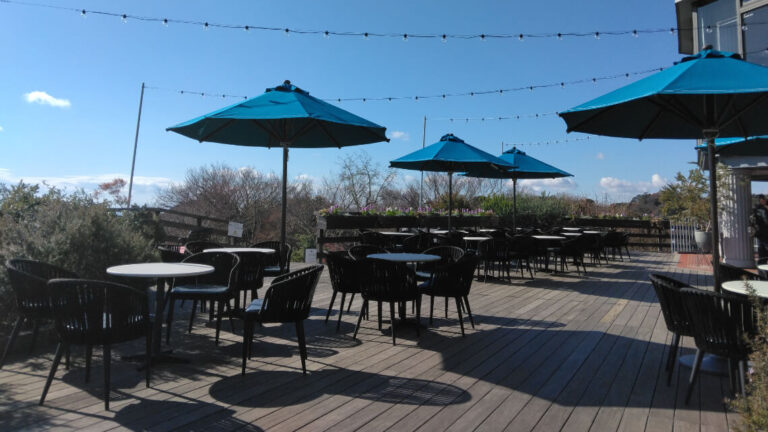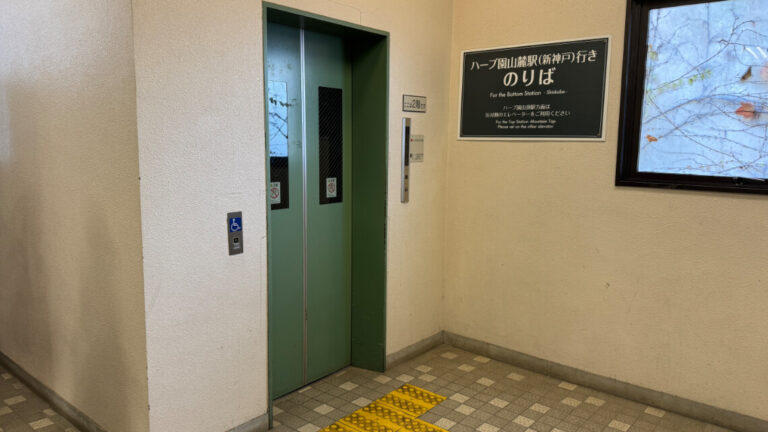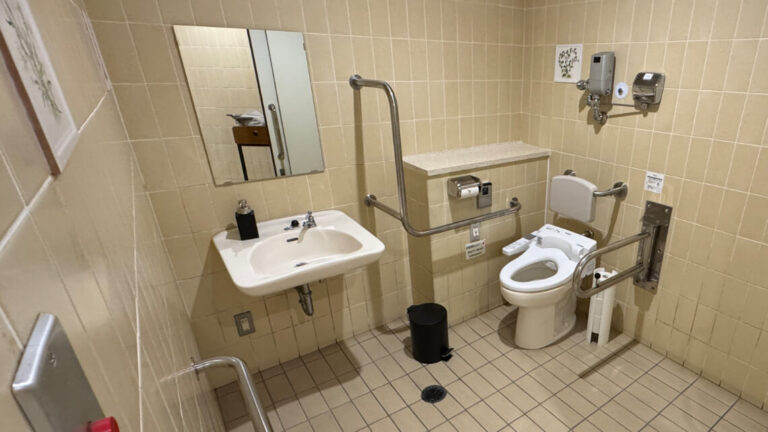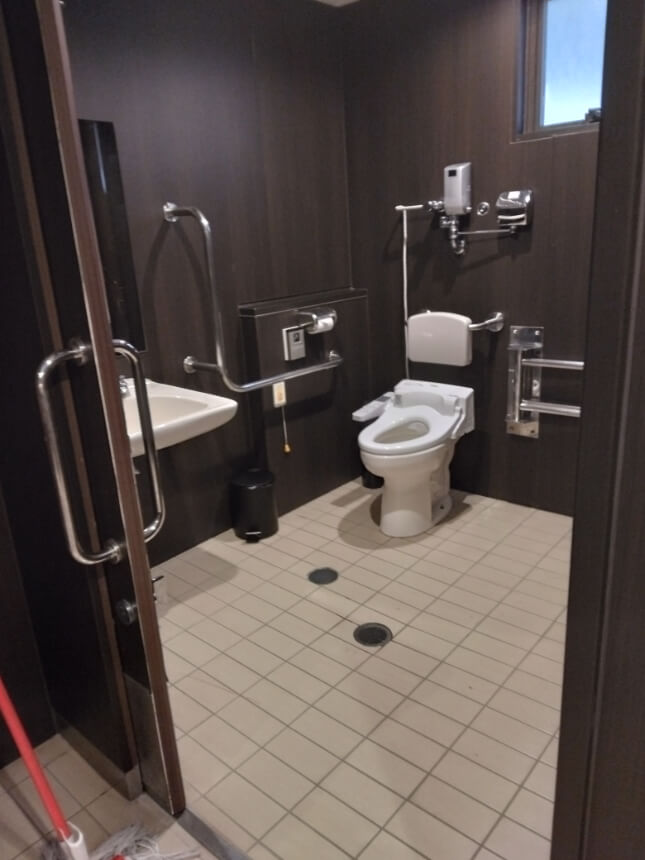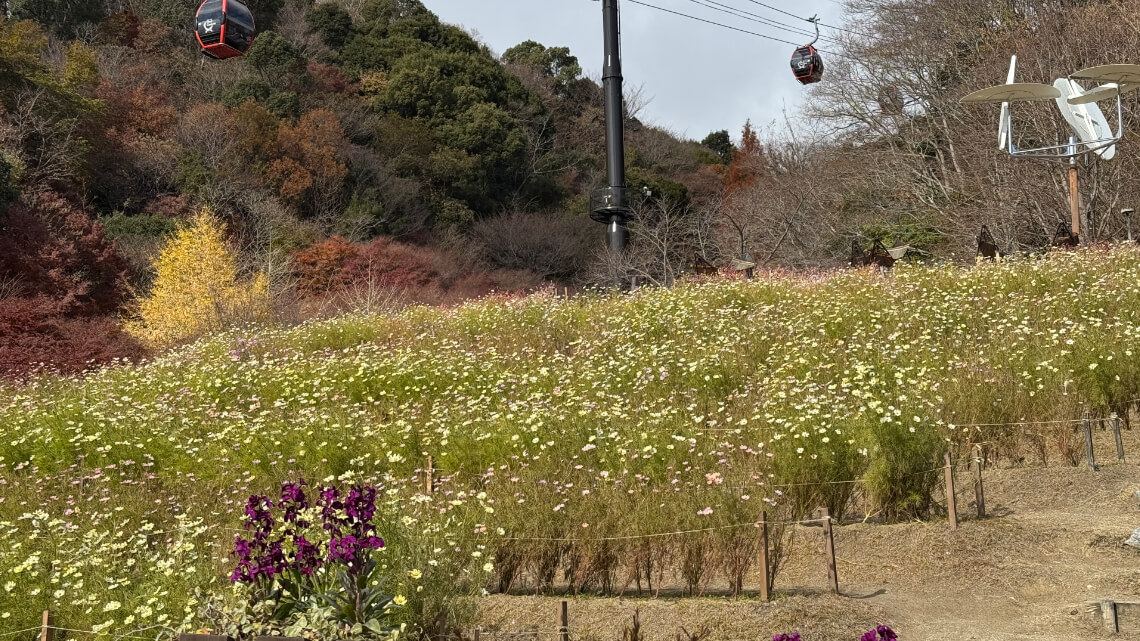
Located on Mount Rokkō, Kobe Nunobiki Herb Garden features over 200 herb varieties, seasonal flowers, and panoramic views. The site is accessible via the wheelchair-friendly Shin-Kobe Ropeway.
General Information
Kobe Nunobiki Herb Garden, located on the slopes of Mount Rokkō in Kobe, is one of Japan’s largest and most picturesque herb gardens. Accessible via the Shin-Kobe Ropeway, this garden offers stunning views of Kobe city and the surrounding landscape. Spanning approximately 40 acres, the garden features over 200 varieties of herbs and seasonal flowers that bloom throughout the year, making it a popular destination for nature enthusiasts and visitors seeking tranquility.
The garden is divided into multiple themed areas, such as the “Fragrance Garden,” where aromatic plants are cultivated, and the “Rose Symphony Garden,” which showcases a diverse collection of roses. Additionally, the “Glasshouse” houses tropical plants and herbs, providing a lush indoor escape regardless of the weather. Along the winding paths, visitors can enjoy interactive herb displays, educational panels, and rest areas that invite relaxation amidst the greenery.
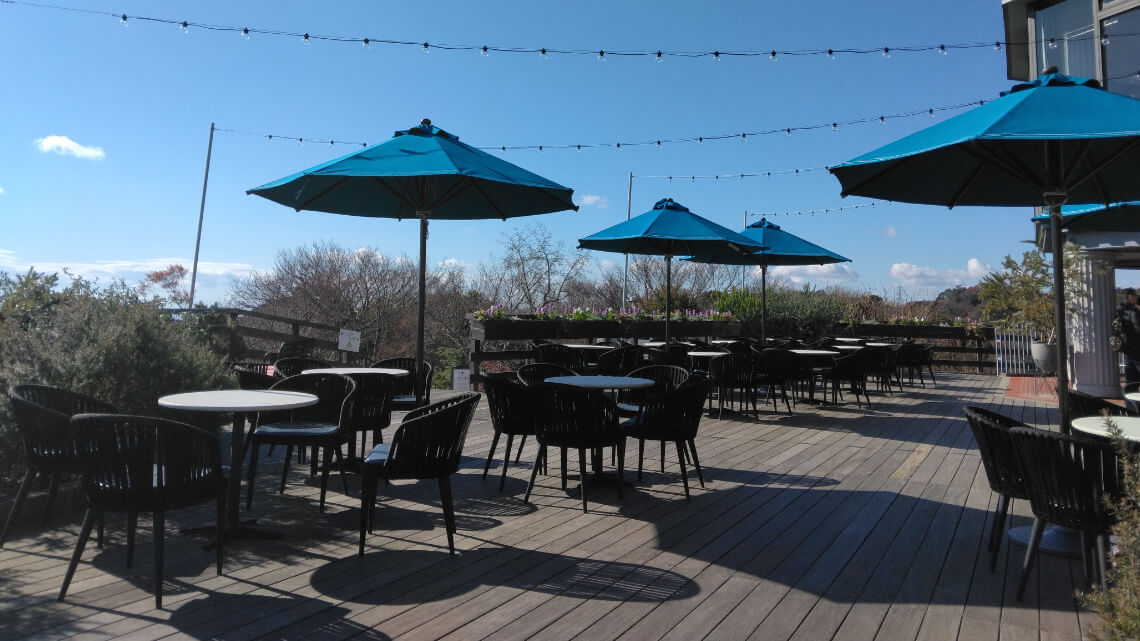
Kobe Nunobiki Herb Garden also includes attractions such as the Herb Museum, which provides insights into the history and uses of herbs, and the Herb Shop, where visitors can purchase herb-infused products. Cafés and restaurants offer dishes and beverages featuring freshly picked herbs. The garden’s scenic beauty is especially renowned in spring and autumn, attracting photographers and tourists from around the world.
Open year-round, the garden’s operating hours vary by season, generally from 10:00 AM to 5:00 PM, with extended hours during special events. Tickets are required, with prices starting at ¥1,500 for adults and ¥750 yen for children, which include a round-trip ride on the Shin-Kobe Ropeway. Discounted tickets are available for seniors and groups, and combination passes may offer additional savings. Be sure to check the official website for up-to-date information on seasonal highlights and entry fees.
Getting There
The nearest station to Kobe Nunobiki Herb Garden is Shin-Kobe Station, on the Sanyō Shinkansen, the Hokushin Kyuko Line, and the Kobe Municipal Subway Seishin-Yamate Line. From the station, the Shin-Kobe Ropeway’s lower station is a short five-minute walk. The station is accessible with elevators to all lines and multipurpose toilets.
Accessibility
From the ticket gate, follow signage to the elevator that takes you to the ground level. Note that the elevator location may be somewhat tricky to find. Once outside, there is a steep uphill path leading to the ropeway station. Along the way, stairs are present, but elevators are available as an alternative. For manual wheelchair users, assistance is strongly recommended due to the steep incline, while electric wheelchair users can proceed at a slower pace. The three stations are wheelchair accessible.
The all carriages on the ropeway up to the herb gardens is wheelchair accessible. Both of the benches fold up and staff usually lift up one bench for wheelchair users to travel with one or two companions. Space is limited and the maximum wheelchair length must be under roughly 115cm to ensure the doors can close. Staff slow down the carriage when getting on and off but cannot fully stop the ropeway.
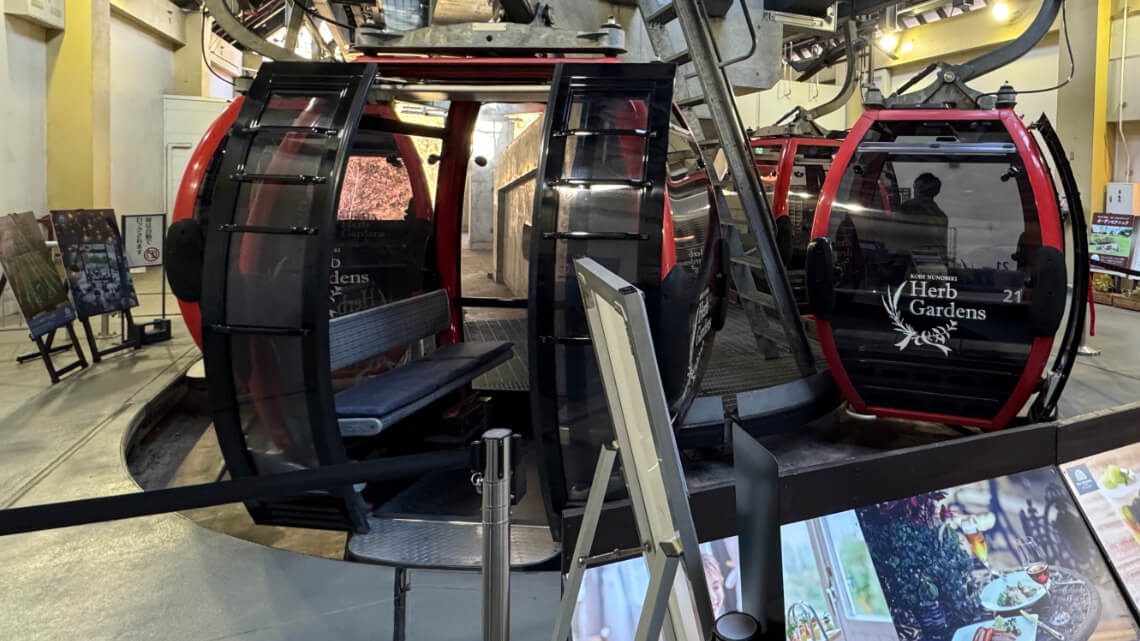
The buildings at the top of the ropeway are fully accessible, with elevators to all levels and accessible toilets. The glass house, located midway down the mountain, also has an accessible entrance—though it can be easy to miss—and provides elevator access to all areas. Accessible routes are well-marked throughout the garden, and a pamphlet with detailed information on wheelchair-friendly paths is available at the visitor center.
The paths in the garden are mostly brick with some cobblestone sections, and while generally manageable, steep areas can become slippery due to rain, moss, or fallen leaves. The winding path down the mountain begins with steps, but alternative accessible routes are clearly marked. Certain sections of the path are better suited for wheelchairs, and signs indicate the safest options. Flower beds and rest areas along the route offer opportunities to enjoy the scenery, but some inclines near the flower beds may require assistance, even for power wheelchair users.
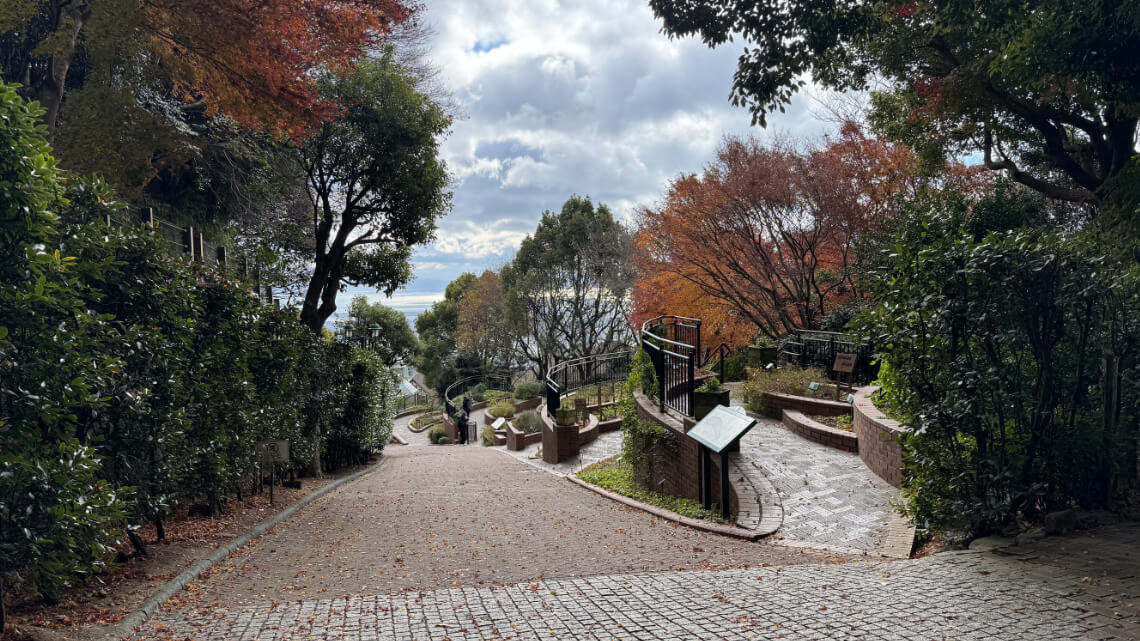
A power-assisted wheelchair can be borrowed from the concierge at the top ropeway station. The wheelchair is designed with special mechanisms in the handles, which automatically apply brakes when descending and assist with motorized climbing on inclines, making navigation easier.
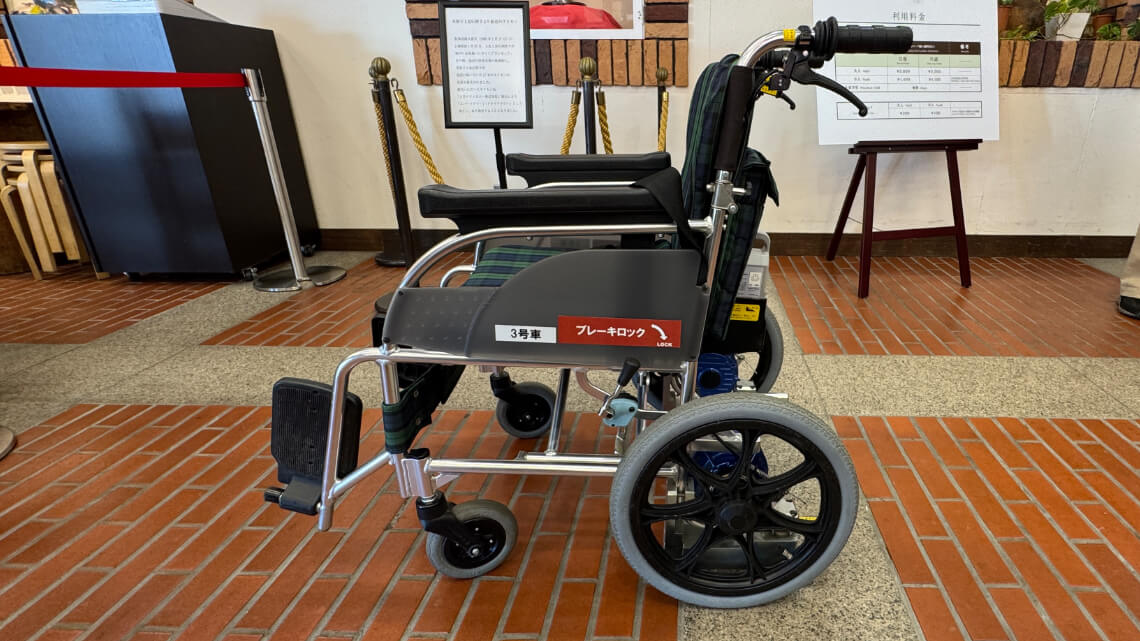
Visitors with visual impairments will find tactile paving in key areas, such as before elevators, stairs, and outside certain buildings, but not throughout the entire garden. Additionally, some signage includes braille, offering information about the flowers; however, the braille is in Japanese braille system which has a different number of bumps per character than English braille. Guide dogs are permitted throughout the area in accordance with the law.
Many signs are large, feature clear pictograms, and include simple English text in most areas, making navigation relatively straightforward. However, detailed descriptions and informational content are often only available in Japanese, which may limit access to some interpretive materials.
The Kobe Nunobiki Herb Garden offers a generally calm sensory environment, with no loud sounds, flashing lights, or overly stimulating colors. While the outdoor areas are free from strong smells, some indoor spaces featuring herb exhibits and aroma oils may have strong scents, which can be avoided if needed. Interaction with others is minimal, limited to gift shops and ropeway staff. Although there is no dedicated calm-down room, benches and quieter areas are available for relaxation. The on-site restaurants serve primarily Italian-themed cuisine with limited options for customization for food allergies or dietary restrictions; checking the menu on the website beforehand is recommended.
Accessible toilets are located at the top visitor center, the glass house, and all ropeway stations. While the toilets at the ropeway stations lack backrests, those at the visitor center and glass house are more fully equipped for accessibility needs.



